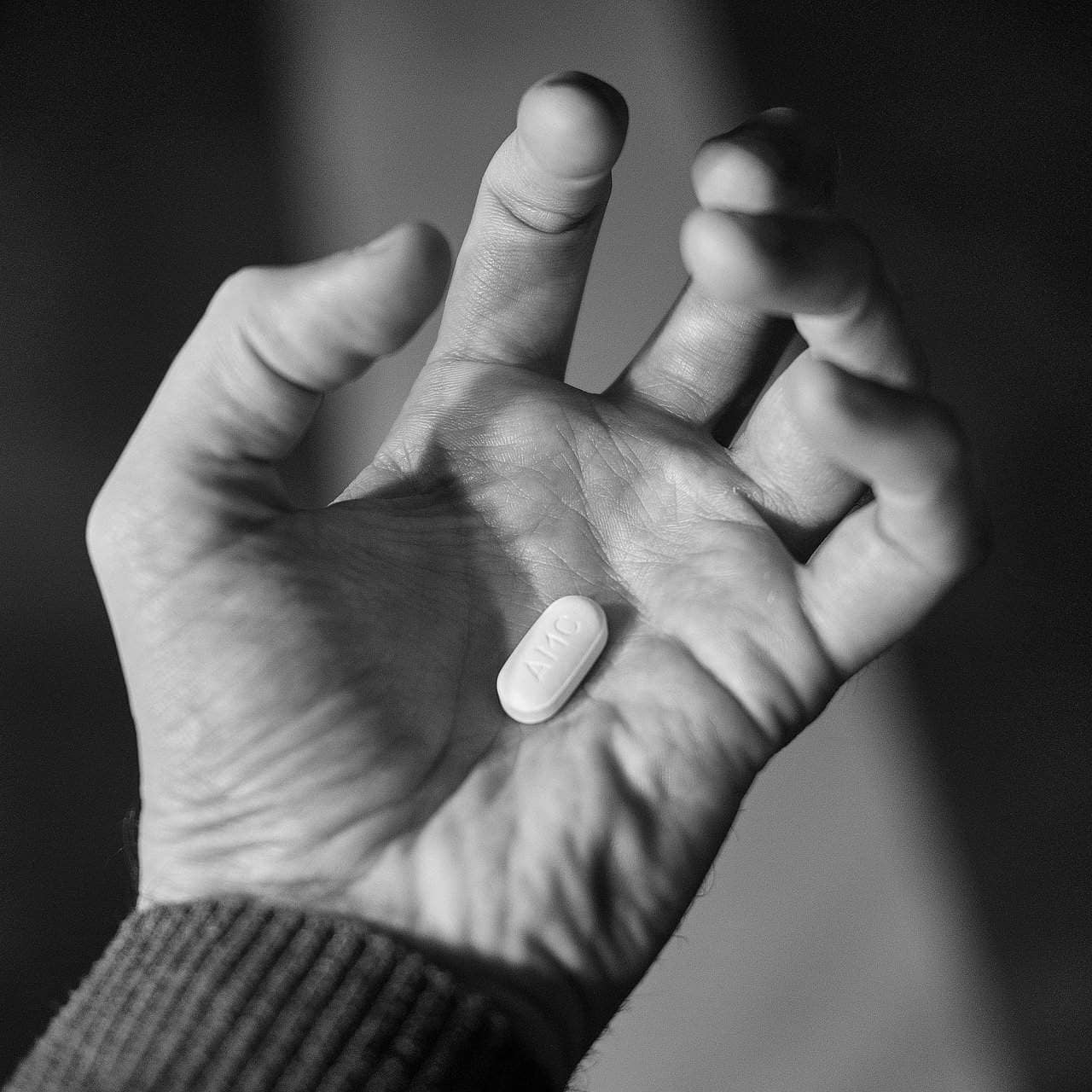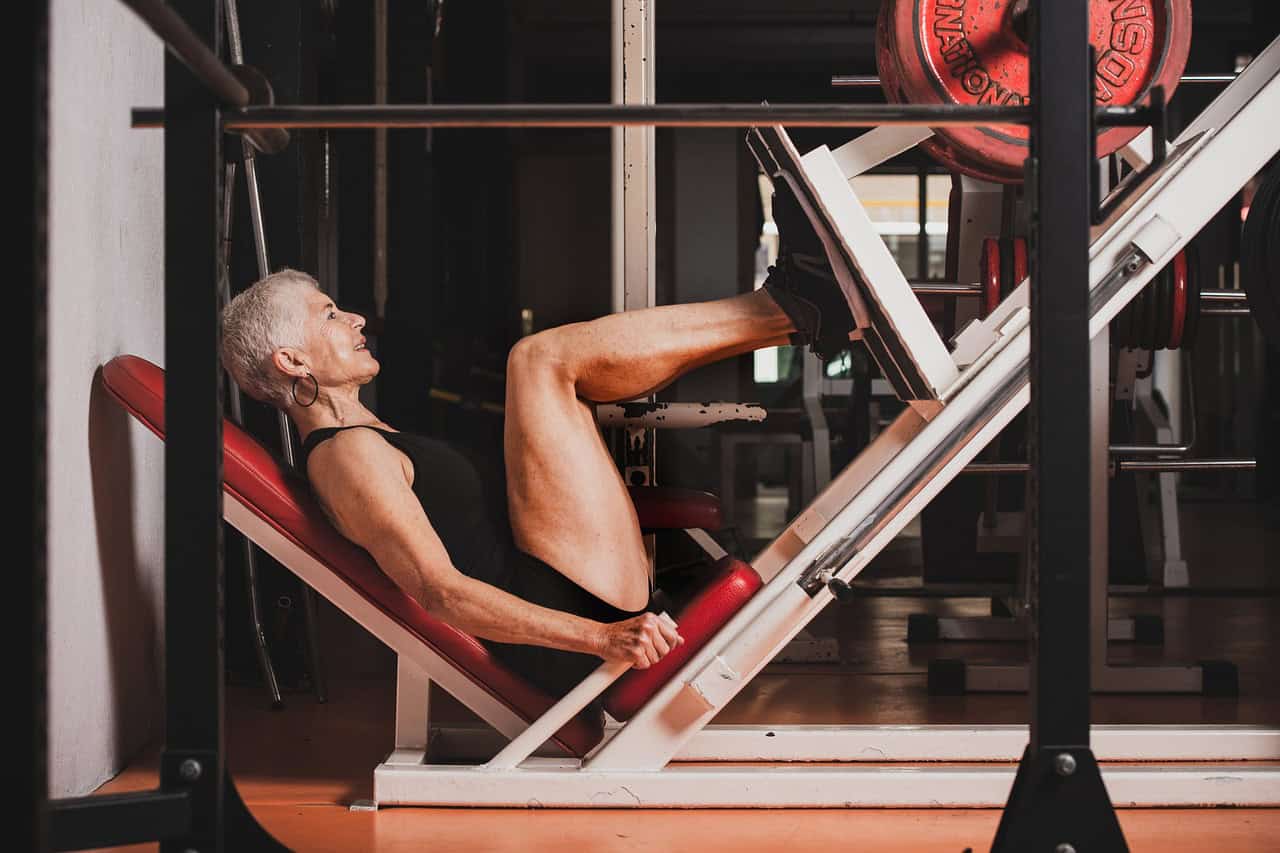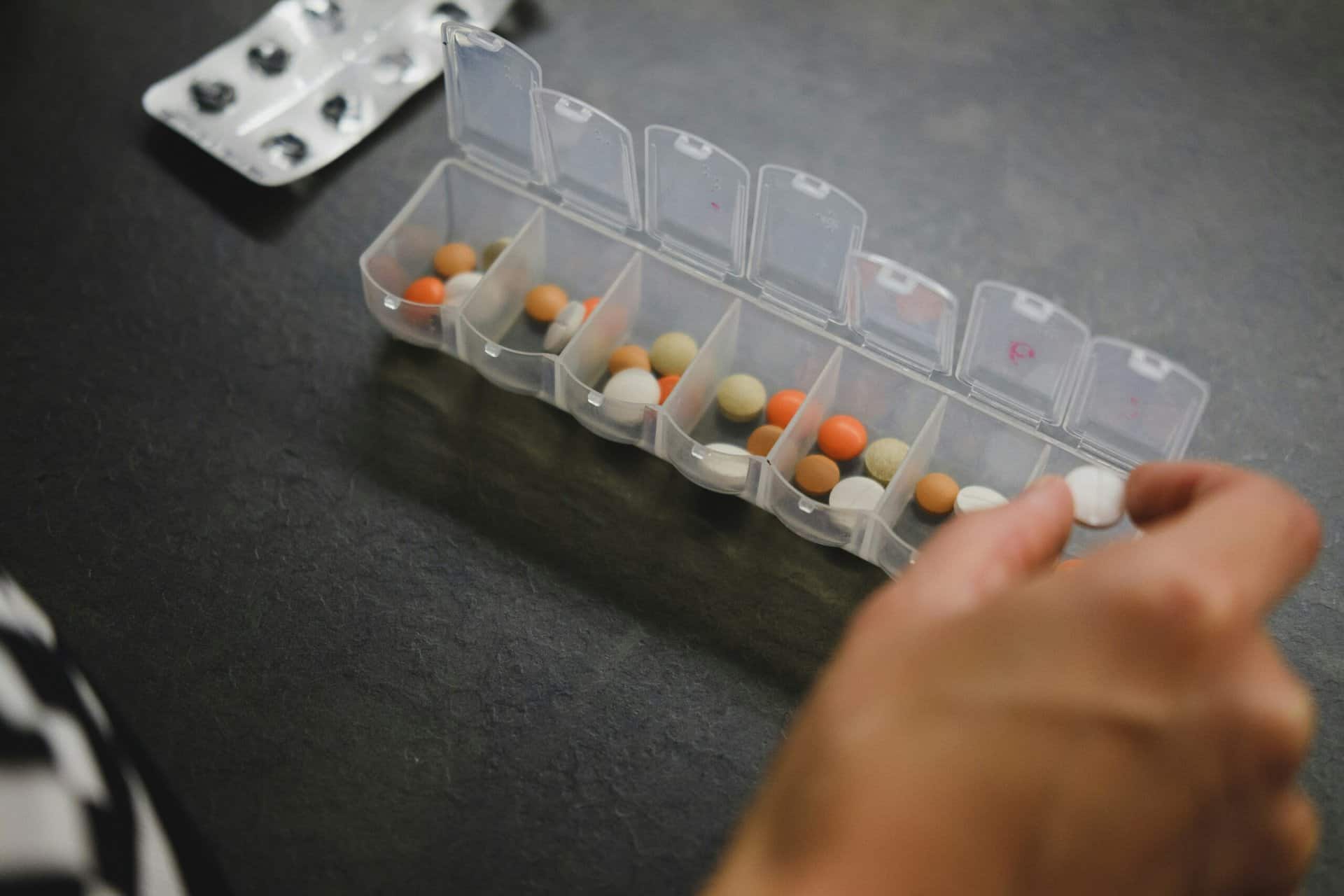How often do you hear someone say they didn’t want to drink anything on the plane, or in the last hours before bedtime, or other occasions, “because I don’t want to have to go to the bathroom” on the plane, in the night, on a long car ride…or whatever?
Did you know – “dehydration is one of the most common preventable medical conditions in the world, and it affects millions in the United States”? A simple search online will reveal in the list things like blood pressure dropping (leading to dizziness) as the American Heart Association pointed out. They say losing just 1-2% of your fluid body weight can cause vertigo and fainting. Mayo Clinic adds that prolonged or repeat occurrences of severe dehydration can cause kidney issues such as kidney stones and even renal failure.
Mayo Clinic added a risk of life-threatening heatstroke if you are just working outside or playing sports (and not hydrating). And I know this one first-hand.
In my mid-30’s, I and friends ran a marathon. We trained in early mornings when it was cool and we never drank water – our 5 mile dailies and even the last longer prep run were no problem. But the final marathon was later in the day and it was really hot. Barb, my running partner, suffered a heat stroke at the 20 mile point. This was in the 70’s before we knew the need for hydrating as we ran.
And what is dehydrating? It is a lack of total body water (your body loses more fluid than it takes in) and it disrupts metabolic processes. Exercise, disease or high temperatures are usual culprits – but so is deliberately withholding water even when thirsty because you don’t want to have to use the bathroom so frequently.
I have heard from many of you (including males) that bladder control is an issue. Just tune in to the conversations around you – including your own. Is it your thinking that withholding drinking is the way to control how much/often you go to the bathroom?
Sounds logical – but I challenge it. Again – personal experience. It is a sign of weakened bladder muscles – and that means you can address it.
Even though almost half of all women leak urine at some point in their lives, men can have this issue, too. I met a urologist (as I accompanied my husband on a visit) who shared that male & female anatomy is the same with regard to the muscle control below the bladder affecting urine flow. So don’t check out just because you are male.
Before I go further, I have to put in a “health” disclaimer – if you are on a prescription drug, you should first check to see if incontinence is a potential side-effect. I have not been on any but be aware of that factor.
In my early 60’s, I was crossing a street when a car suddenly turned a corner and was coming my way at an alarming speed. I had to break into a jog to get across the street safely. Yes…urine leakage left me embarrassingly wet. Other similar situations made me afraid of physical exercise — especially jogging – even though I trained for and ran a marathon in my earlier years. I just accepted it as a sign of aging.
Then I mentioned the problem to my OB-GYN and he whipped out the Rx pad writing me a script to go to Physical Therapy! I was surprised – I had never been to PT and was about to dismiss it as silly. Thankfully, I didn’t.
It was 6 weekly visits and I was diligent in following her guidance. And I developed a habit which has worked extremely well for me.
But you don’t have to pay for an Rx script, go to PT or spend any money – I am happy to share the info.
First, I will warn you: if you are not willing to be INTENTIONAL, and I mean by that, be CONSISTENT in developing and executing a daily routine that includes this, you don’t need to read any further. It requires your making a decision to follow through on this – and not randomly, but intentionally, consistently and daily.
FIRST PART – the psychology of it all:
- Do you go to the bathroom every time you leave the house? Pass a bathroom?
- STOP Doing That! You know where the restroom is in Target/Walmart/Grocery Store etc. You are not allowing your bladder muscles to work, build and be strong.
- Are you going to the bathroom every time you feel a slight urgency?
- STOP Doing That! Wait until your urgency is at a level 2 or 3, not a 1. How do you know? If your flow is not lasting 7 seconds or more (count to 7 slowly), you are going too frequently.
Additional info for women: if you are using a menstrual pad, change to an incontinence pad – they are different types of fluid and the latter type of pads neutralize acidic urine wicking it away from you.
SECOND PART – the Kegel routine:
- A Kegel exercise is used to strengthen the pelvic floor muscle. The PT instructor made sure I was doing a tight Kegel clench & release before we moved on. If you don’t know how, or want to be sure you are doing them correctly, there is good help on the internet. The best description I have heard is to tighten your muscles as if you were trying to avoid passing gas.
- The PT had me working up to the following routine – and then commit to doing them daily. This is KEY – my doctor had over the years suggested I do them in the car at stop lights or during other down times, and I meant to, but it just was not consistent or enough. So, no results. But the PT required it – and I committed to doing the routine. You need to decide, right now – will I do this twice daily for the next 3 weeks? If so, you are on your way…
- Yes, you can reduce to once daily after the 3 weeks.
- ROUTINE:
- 10 full clench-and-release Kegels in 10 seconds (yeah – 1 per second – you will have to work up to this — NOT easy)
- Then 10 Kegels clenching for 10 seconds each then relaxing in between for 10 seconds
- HELPS:
- I got tired of counting & using my 10 fingers to track it – I GOT AN APP! It was programmable but recently started charging. So I can set my phone timer to 10 seconds and use it if I need for the stop and start timing.
- Write down your plan for how you will do this and BE INTENTIONAL. My routine? Before I get out of bed in the morning, and as I went to bed at night (when I was doing twice daily). Other prime times: as part of your bedtime routine; as you sit in front of the TV in the evening; be creative but committed.
- I recommend you create a way to track doing it twice a day for 3 weeks – visual. Reward yourself. If you want a great start, do it 3 times a day. Then after that you can maintain as a once daily.
FINALLY, the “working well” story I promised. I am now 77 and have been doing the routine for some years and appreciating the bladder control I have gained back. A few years ago, I was with my sister after her surgery walking through the grocery check-out with her and since it was her first outing, she was a bit shaky—that concerned me. She realized she needed an item we had left in the car. I zipped out the door, and ran (yes, a jog-run) to the car, grabbed it, and got back to her quickly. It hit me – I can run! And no bladder problem – yahoo! I also am not constantly going to the bathroom, or searching for one. Neither do I get up at night just to go to the bathroom. It has been great. And now that I play PickleBall, it is very helpful.
It is not just the leakage that has been helped, it is the length of time between needing to go to the bathroom. But if I get off my kegel routine (like I did a while back, for weeks), I suddenly realize the frequent bathroom trips were coming back and leakage was more likely. Back to the twice daily routine to get back the muscle tone.
As your guide to better health, I pray this will be of help to you and you will have the same good results!
Please hit “reply” and let me know your feedback – I would love to hear from you!
Food and dietary supplement products sold by Youngevity are intended to contribute to the daily diet and overall health and are not intended for use in the prevention, treatment, mitigation, or cure of any disease or health-related condition. Individuals who have or suspect they have an illness or who wish to commence a diet or exercise program should consult an appropriately licensed health care practitioner for a medical history evaluation, diagnosis, treatment, and health recommendations.



